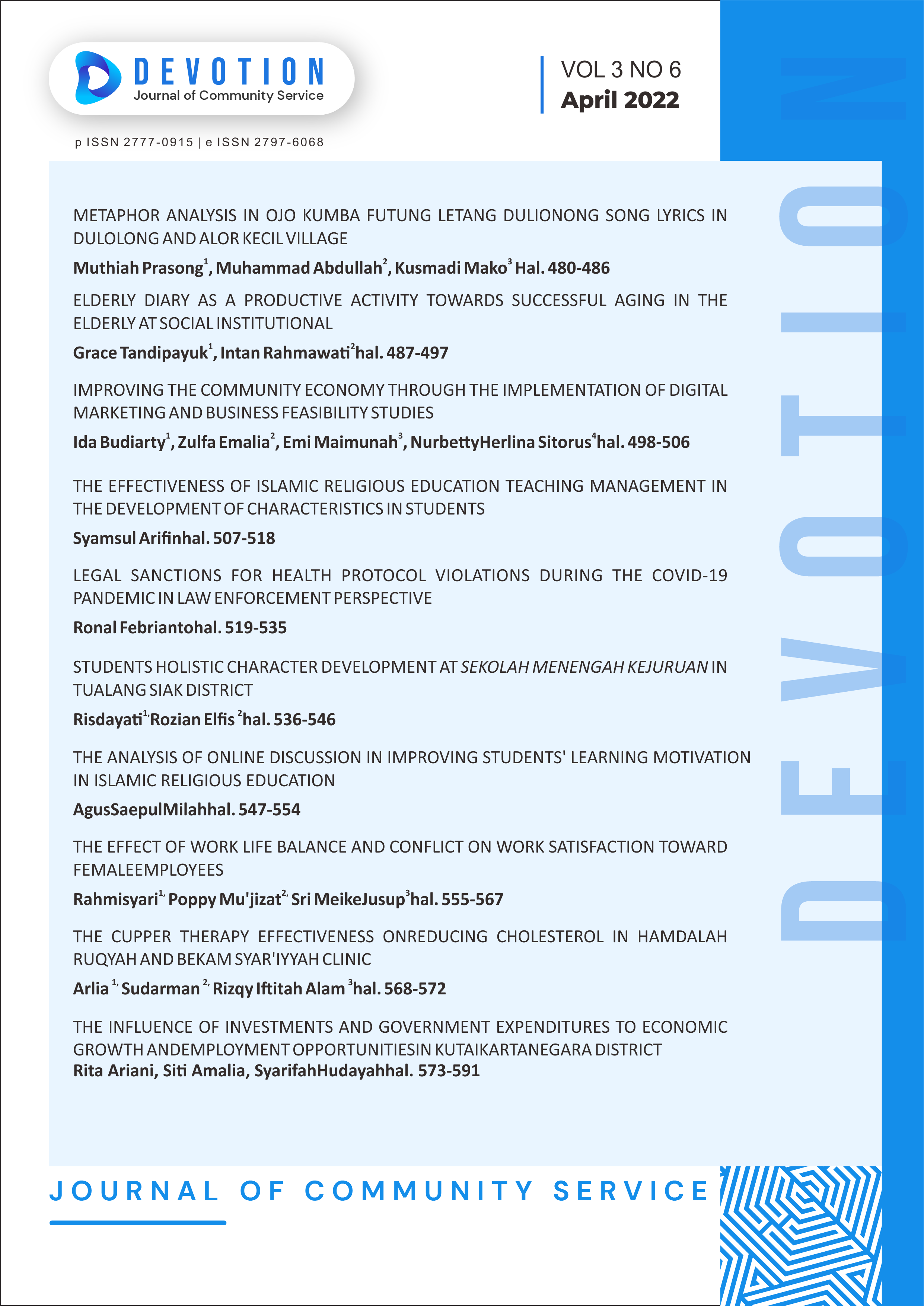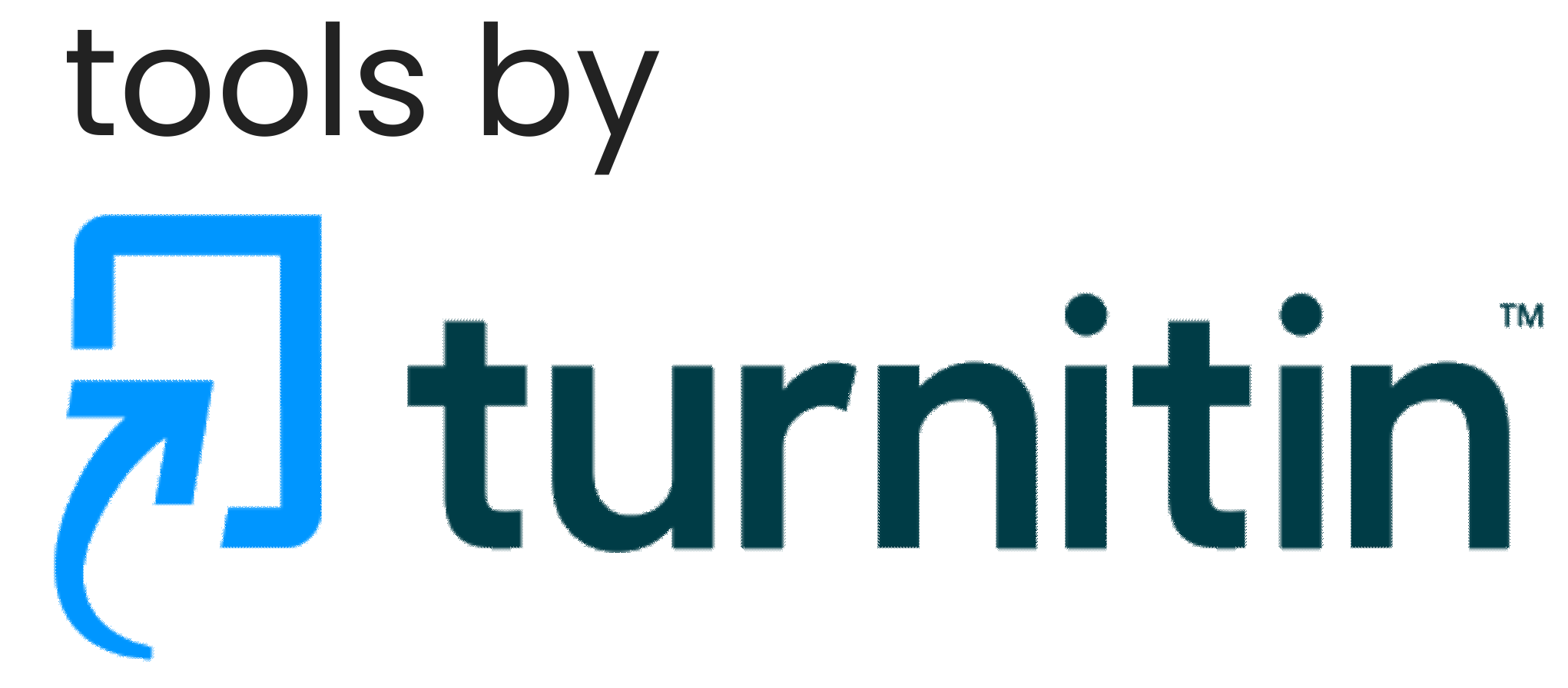The Effect of Work Life Balance and Conflict on Work Satisfaction Toward Female Employees
DOI:
https://doi.org/10.36418/dev.v3i6.148Keywords:
Work life balance, Conflic, job satisfactionAbstract
Women's roles currently have moved from a traditional role to a dual role, in which they previously only played a part in the home, but now also play the role of students and working women. Employees are affected or influenced by role conflict, particularly in terms of job satisfaction.This study aims to determine how much influence work life balance (X1) and Conflict (X2) on job satisfaction of employees (Y) who are working. The sampling technique used in this study was a simple random sample, while the main data collection was through a list of statements that were tested through validity and reliability tests. While the analysis technique used is the path analysis technique (Path analysis). The results of hypothesis testing show that simultaneously work life balance (X1) and burnout (X2) affect employee job satisfaction that is equal to 0.635 or 63.5%. The results of partial hypothesis testing work life balance (X1) has an effect on employee job satisfaction (Y) of 0.310, while conflict (X2) has a partial effect on employee job satisfaction (Y) which is - 0.142. And there are other variables that are not included in this model, which is 36.5%.
Published
Issue
Section
License
Copyright (c) 2022 Rahmisyari Rahmisyari, Poppy Mu'jizat , Sri Meike Jusup

This work is licensed under a Creative Commons Attribution-ShareAlike 4.0 International License.
Authors who publish with this journal agree to the following terms:
- Authors retain copyright and grant the journal right of first publication with the work simultaneously licensed under a Creative Commons Attribution-ShareAlike 4.0 International. that allows others to share the work with an acknowledgement of the work's authorship and initial publication in this journal.
- Authors are able to enter into separate, additional contractual arrangements for the non-exclusive distribution of the journal's published version of the work (e.g., post it to an institutional repository or publish it in a book), with an acknowledgement of its initial publication in this journal.
- Authors are permitted and encouraged to post their work online (e.g., in institutional repositories or on their website) prior to and during the submission process, as it can lead to productive exchanges, as well as earlier and greater citation of published work.













